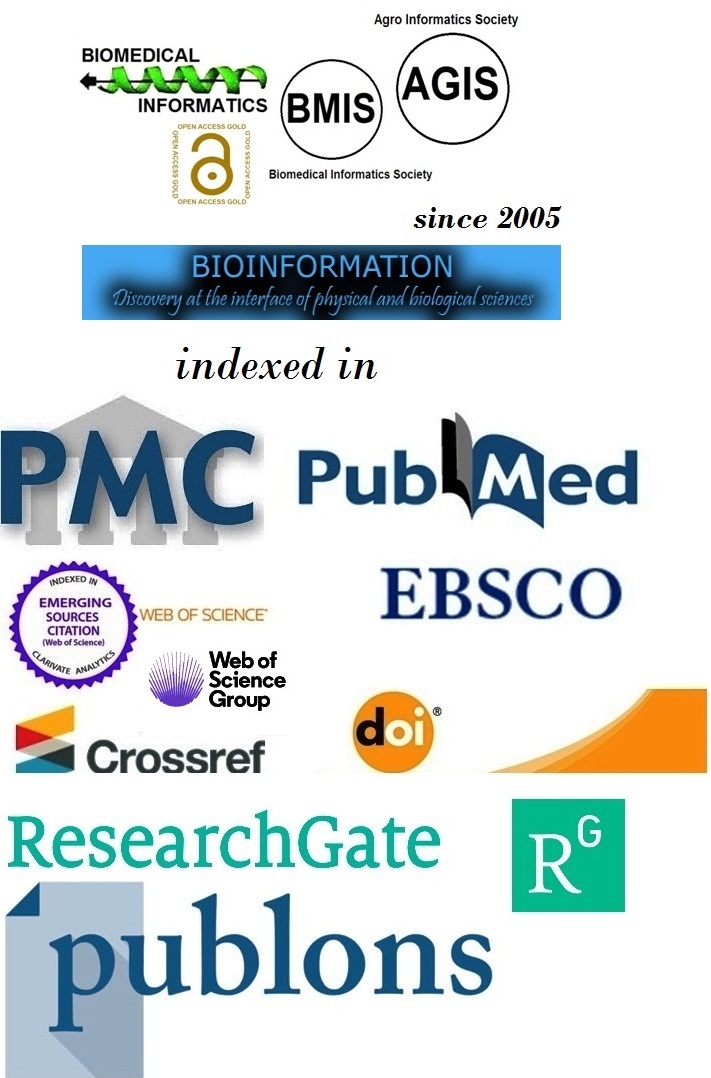Title
Effect of acrylic splints on bite force among dentulous patients
Authors
Madhu Ranjan1, Surender Kumar1,*, Daya Shankar2, Ananya Singh1, Tushar Sinha1, Souvir Mohan Pandey2 & Amit Mahuli3
Affiliation
1Department of Prosthodontics and Crown & Bridge, Dental Institute, RIMS, Ranchi, Jharkhand, India; 2Department of Prosthodontics, Hazaribag College of Dental Sciences and Hospital, Demotand, Hazaribag, Jharkhand, India; 3Department of Public Health Dentistry and Preventive Dentistry, Dental Institute, RIMS, Ranchi, Jharkhand-834009, India; *Corresponding author
Madhu Ranjan - E - mail: drmadhuranjanmds@gmail.com
Surender Kumar - E - mail: drsurender2304@gmail.com
Daya Shankar - E - mail: drdaya56@gmail.com
Ananya Singh - E - mail: dr.ananyasingh@gmail.com
Tushar Sinha - E - mail: tushar1994rishu@gmail.com
Souvir Mohan Pandey - E - mail: 825301.souvir.pandey@yahoo.com
Amit Mahuli - E - mail: amitmahuli@gmail.com
Article Type
Research Article
Date
Received April 1, 2025; Revised April 30, 2025; Accepted April 30, 2025, Published April 30, 2025
Abstract
Splints are commonly used in dentistry while measuring the bite force for the protection of teeth. Therefore, it is of interest to evaluate the influence of using an acrylic resin splint during bite force measurement on maximum voluntary bite force (MVBF). MVBF was recorded at the right 1st molar region on 20 participants showing a significant reduction with the splint (mean difference: 21.9 N, p=0.01). Without a splint, the mean bite force was 243.25 N (SD=59.96), whereas with a splint, it dropped to 221.3 N (SD=45.76). Discomfort was the primary reason for the decrease in MVBF, with 80% of participants preferring without splint method, highlighting challenges in their application.
Keywords
Bite force, splint, maximum voluntary bite force (MVBF), patient preference
Citation
Ranjan et al. Bioinformation 21(4): 748-752 (2025)
Edited by
Hiroj Bagde MDS, (PhD), PGDCR, PGDHHM, PGDL, PGDM
ISSN
0973-2063
Publisher
License
This is an Open Access article which permits unrestricted use, distribution, and reproduction in any medium, provided the original work is properly credited. This is distributed under the terms of the Creative Commons Attribution License.
